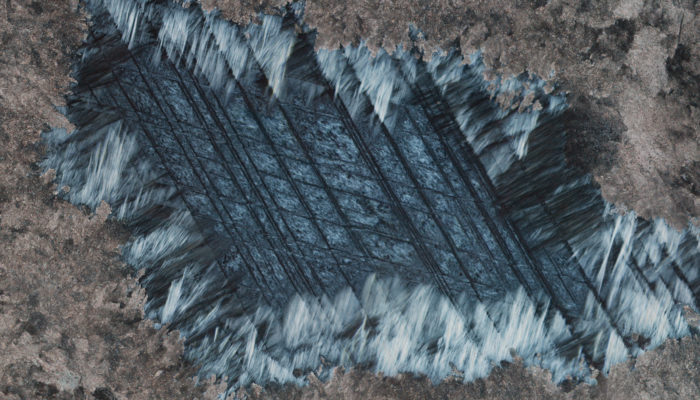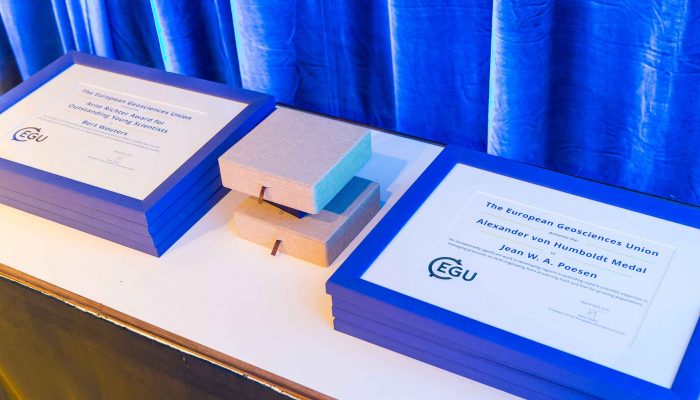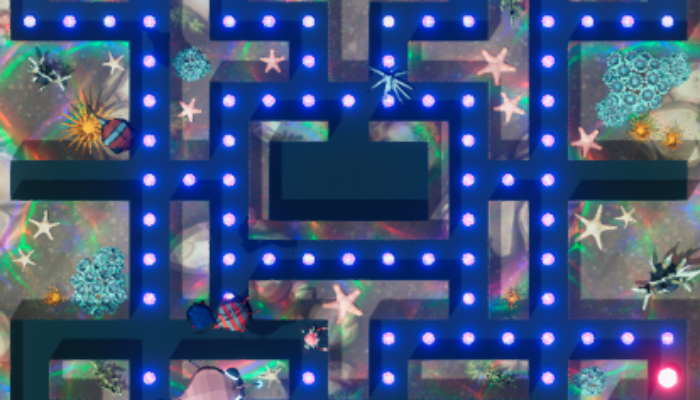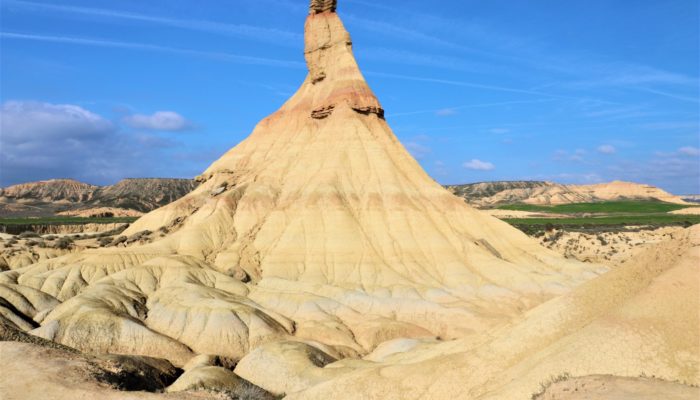Many scientific societies and similar organisations make awards on an annual or regular basis. It is one way of recognising a distinguished career, contribution to the community, etc., or providing a boost to the development of an Early Career Scientist. In the case of EGU, all awardees are expected to give a presentation of their work; it is a way of generating a stimulating programme at the Annu ...[Read More]
Public Engagement Grant Winner – Crabby’s Reef
Ocean acidification could be described as climate change’s evil twin, not that it needs one. The world’s oceans are partly absorbing the carbon dioxide we are pumping into the planet’s atmosphere, which then reacts with seawater and forms carbonic acid. This process decreases the pH of the oceans, making them more acidic. If you are a crab resident of the ocean, this is not good news. Norma ...[Read More]
Imaggeo on Mondays: The Grid – A serpentine pseudomorph after carbonate

The structures in this photo might look three-dimensional, but they are completely flat. It is a photo of a polished thinsection of a rock, taken through a petrographic microscope under cross-polarized light. The width of the image is just 2 mm. The brownish mineral around the edges is carbonate, the white to grey mineral in the centre is serpentine, a water-bearing silicate mineral. The different ...[Read More]
Imaggeo on Mondays: Striking erosion in the Bardenas Reales
The Castil de Tierra has become the symbol of the Bardenas Reales region which is geographically located in the south-eastern margin of the Navarra Province in northern Spain. The Bardenas Reales is a semi-desert natural region situated in the middle-western sector of the Ebro depression. The geology is made up of Tertiary and Quaternary sediments. Rainfall events, wind and high temperatures enhan ...[Read More]



